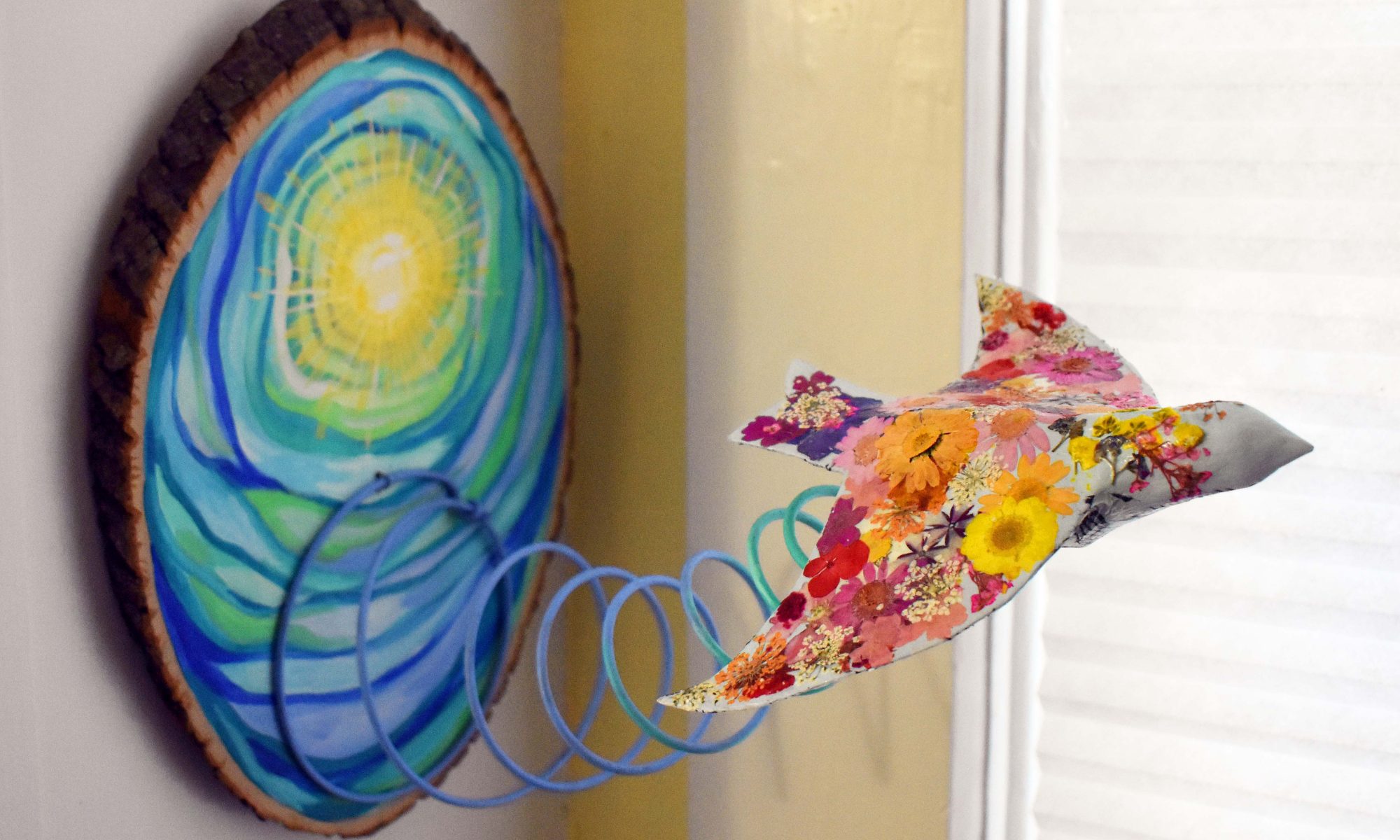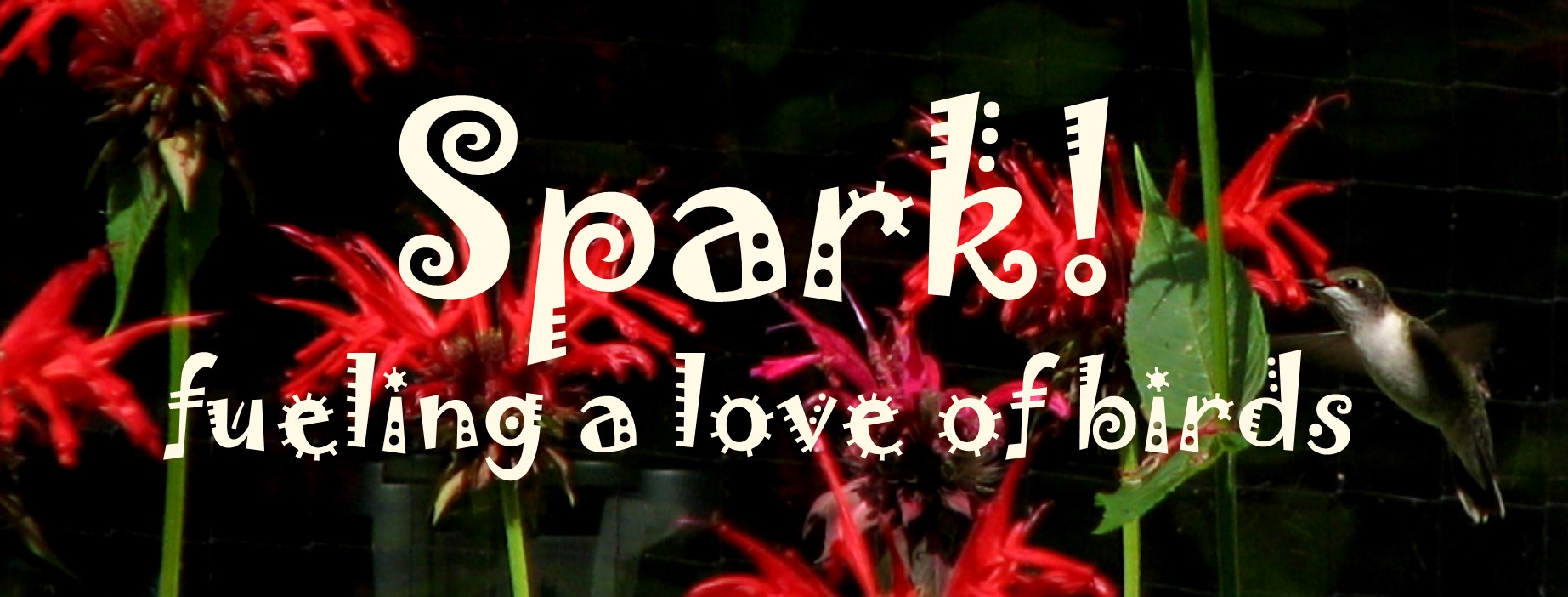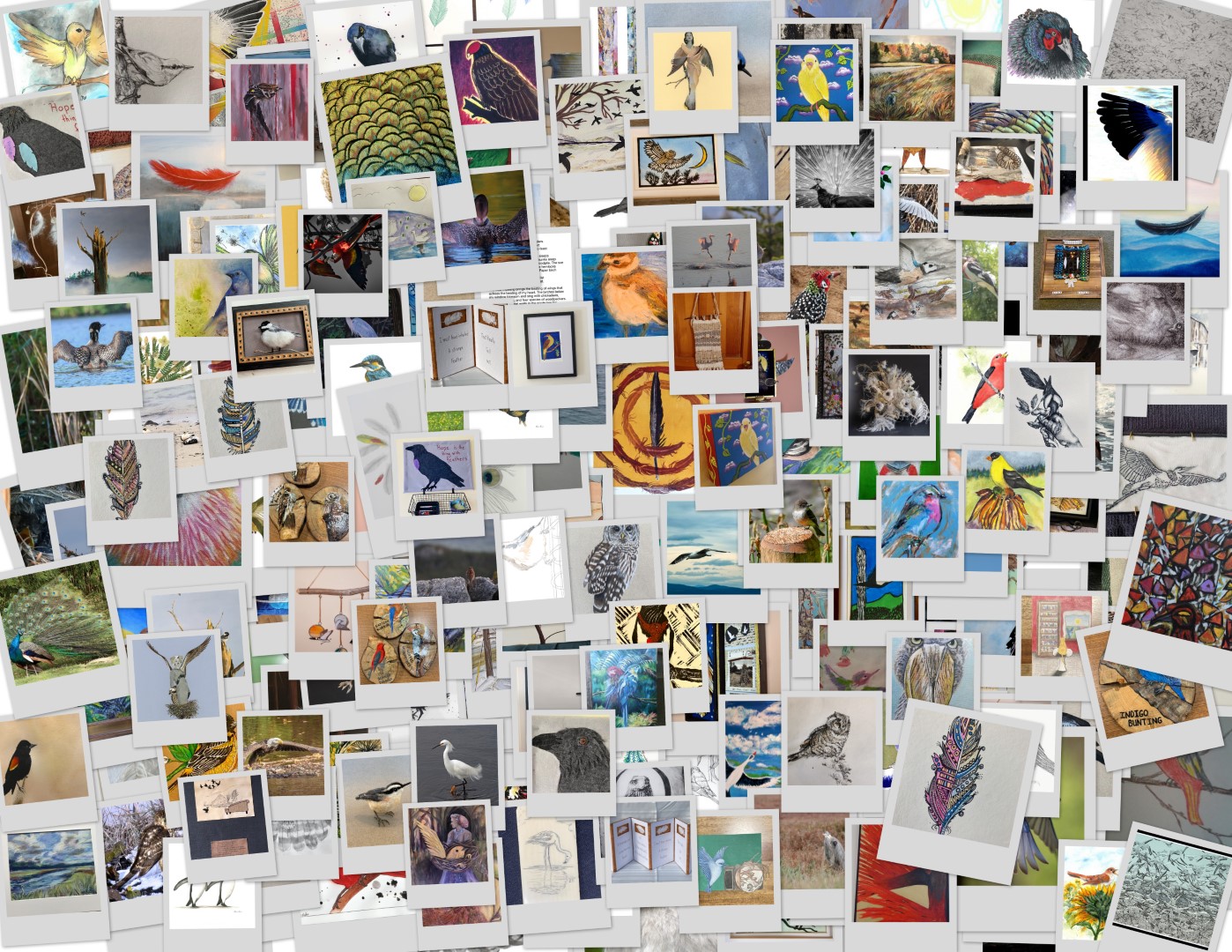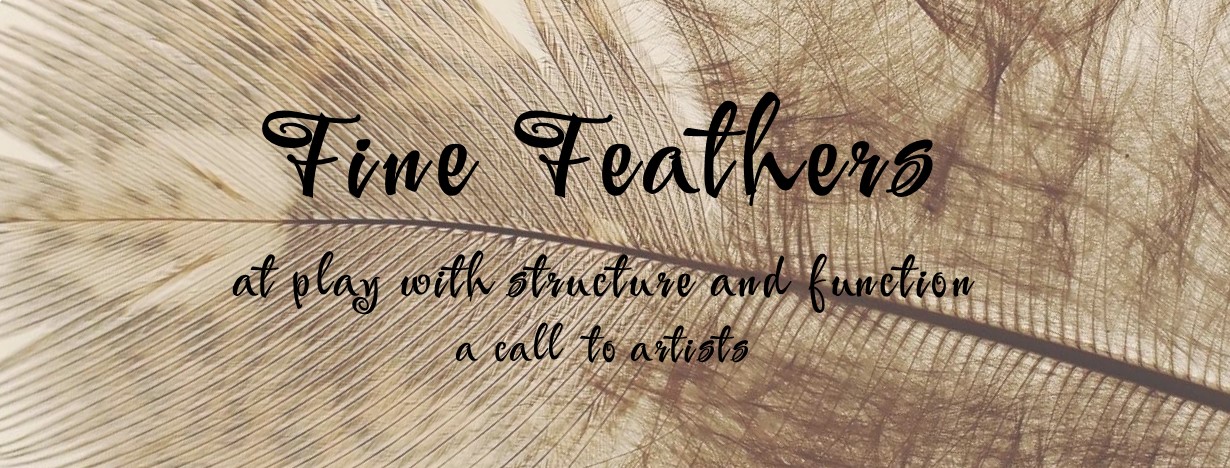The Power of Perspective: a shifting point of view
How do we focus our creative “vision”? Consider the scope of an eagle’s eye—the narrow view of a gleaning warbler—the shadowed sight of a loon underwater. We may see birds above us from the ground, or below us from a plane. We may use a camera lens to record from afar, or a magnifier and lamps to perceive what is normally unknown. How does time influence your perspective? What if we “zoom out” from one bird to a species, to an ecosystem, to a planet? What if we “zoom in” to one bird to its wing, to a feather, to a gene?
How does your art reveal a point of view?
Continue reading “Call to Artists: Power of Perspective”







![Borders: illusions that constrain us [a call to artists]](https://birdsofvermont.org/wpsite2017/wp-content/uploads/2019/12/paintbrushes-banner.jpg)